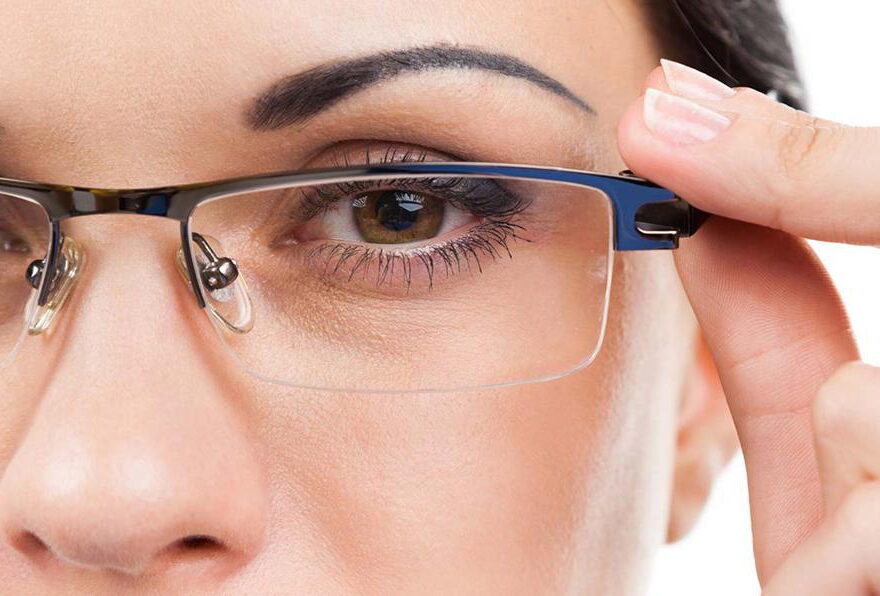Low vision significantly impacts the daily lives of those affected, making routine tasks challenging and diminishing independence. However, advancements in low vision aids offer a beacon of hope, providing innovative solutions to enhance visual functionality. This article delves into the various types of low vision aids, their applications, and how they can be integrated into daily life, following the comprehensive guidelines provided by Google’s HCU Rules for creating helpful, reliable, people-first content.
Understanding Low Vision Aids
Low vision aids are specialized devices designed to improve the functional vision of individuals with significant visual impairments. These aids fall into two primary categories: optical and non-optical devices. Optical aids include magnifiers, telescopes, and specialized eyeglasses that physically enhance vision, while non-optical aids encompass large print materials, auditory devices, and software solutions that provide alternative ways to access information.
Types of Low Vision Aids
Optical Aids
Magnifiers: These are perhaps the most commonly used low vision aids, available in various forms like handheld, stand, and illuminated magnifiers, each catering to different needs and preferences. Handheld magnifiers offer portability for on-the-go tasks, stand magnifiers provide stability for extended reading sessions, and illuminated versions enhance visibility in low-light conditions.
Telescopes: Used for distance viewing, telescopes come in handheld monoculars for spotting distant objects and spectacle-mounted versions for hands-free use. They are invaluable for tasks such as reading street signs and attending live performances.
Special Eyeglasses: These are not your ordinary glasses. High-power glasses and prismatic glasses are engineered to maximize the use of residual vision for detailed tasks, significantly differing from standard corrective lenses.
Electronic Aids
CCTVs: Closed Circuit Television systems magnify text and images on a screen, allowing users to adjust the display to their specific needs, making reading and other detailed tasks more accessible.
Electronic Magnifiers and Reading Systems: Modern technology has paved the way for portable digital magnifiers and reading systems, offering a range of magnification levels and features to support various visual impairments.
Non-Optical Aids
Auditory Aids: For those who find visual reading strenuous, text-to-speech software and devices convert written content into audible form, enabling access to written information through hearing.
Large Print Materials and Writing Aids: From books and newspapers to daily use items, having materials in large print can significantly ease the strain on vision. Writing guides and signature guides also assist in penmanship tasks, making writing more manageable for individuals with low vision.
Choosing the Right Low Vision Aid
Selecting the most appropriate low vision aid is a highly individualized process, dependent on the specific needs, tasks, and level of visual impairment of the user. Consulting with a low vision specialist for a comprehensive assessment is crucial in identifying the most effective aids, ensuring they align with the user’s lifestyle and visual goals.
Integrating Low Vision Aids into Daily Life
Incorporating low vision aids into daily routines requires patience and practice. Adapting to these devices may involve learning new ways to perform tasks and making environmental adjustments to accommodate the specific requirements of the aid. Training from low vision rehabilitation professionals can significantly ease this transition, enabling users to fully harness the benefits of their aids.
Overcoming Challenges
While low vision aids offer numerous benefits, users may encounter challenges such as adapting to the device or troubleshooting technical issues. Access to resources and support from low vision professionals is essential in navigating these hurdles, ensuring users can effectively utilize their aids and maintain their quality of life.
The Future of Low Vision Aids
The field of low vision aids is continually evolving, with technological advancements promising even greater improvements in accessibility and independence for individuals with visual impairments. From wearable devices to augmented reality applications, the future holds exciting prospects for enhancing the functionality and integration of low vision aids into everyday life.
Conclusion
Low vision aids are transformative tools that offer individuals with visual impairments the opportunity to reclaim their independence and continue engaging in the activities they love. By selecting the appropriate aids, receiving proper training, and staying informed about new technologies, individuals with low vision can enhance their ability to navigate the world around them with confidence.
Post Views: 138

